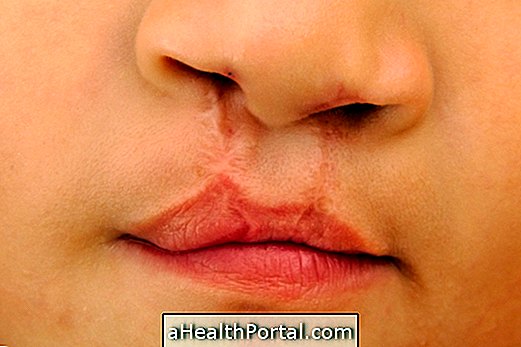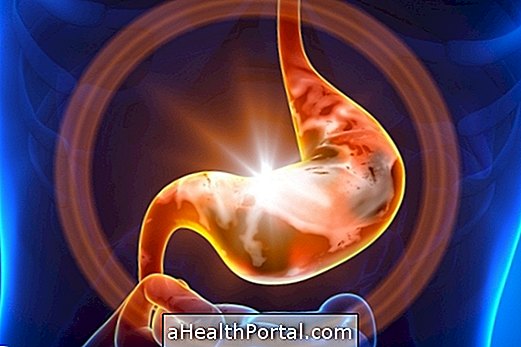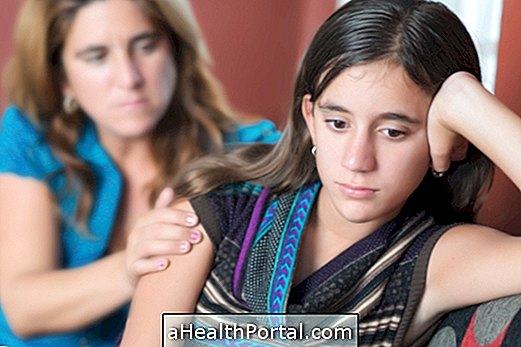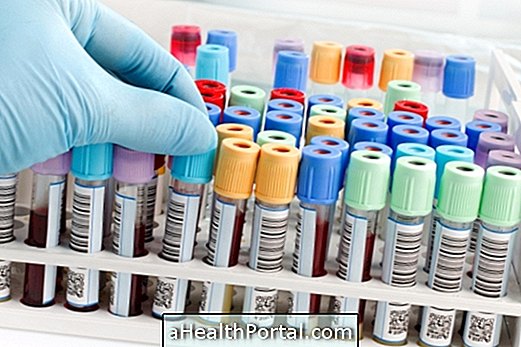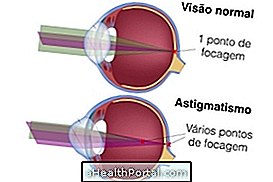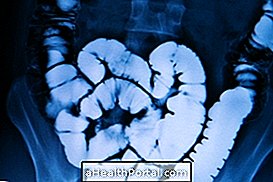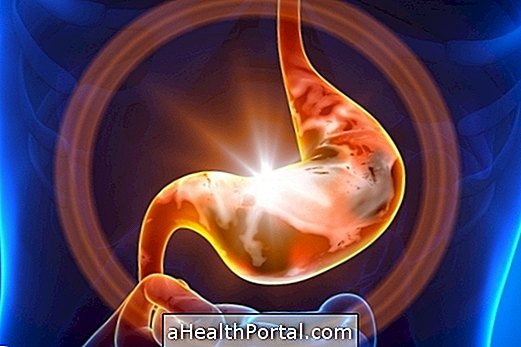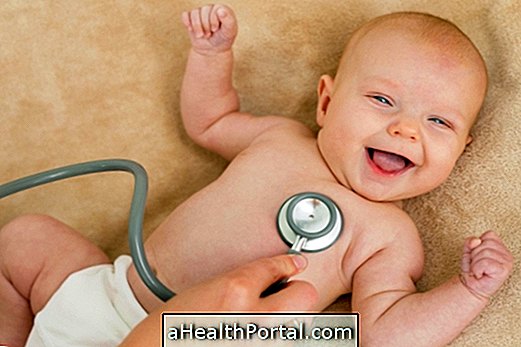Chronic Myeloid Leukemia is a rare type of non-hereditary blood cancer that develops due to a change in the genes of blood cells, causing them to divide more rapidly than normal cells.
Treatment can be performed with medications, bone marrow transplants, chemotherapy or through biological therapies, depending on the severity of the problem or the person being treated.
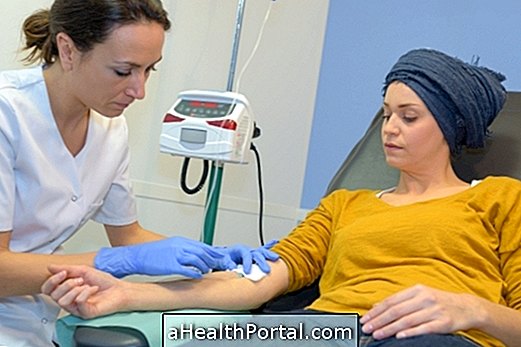
What are the symptoms
Signs and symptoms that may occur in people with Acute Myeloid Leukemia are:
- Frequent bleeding;
- Tiredness;
- Fever;
- Loss of weight without apparent cause;
- Loss of appetite;
- Pain below the ribs, on the left side;
- Pallor;
- Excessive sweating at night.
This disease does not immediately reveal obvious signs and symptoms at an early stage and so it is possible to live with this disease for months or even years without the person noticing.
Possible causes
Human cells contain 23 pairs of chromosomes, which contain DNA with genes that intervene in the control of body cells. In people with Chronic Myeloid Leukemia, in blood cells, a section of chromosome 9 changes place with chromosome 22, creating a very short chromosome 22, called the Philadelphia chromosome and a very long chromosome 9.
This Philadelphia chromosome then creates a new gene, and the genes on chromosome 9 and 22 then create a new gene called BCR-ABL, which contains instructions that indicate this new abnormal cell to produce a large amount of a protein called tyrosine kinase, which leads to the formation of cancer by allowing multiple blood cells to grow uncontrollably, damaging the bone marrow.
What are the risk factors
Factors that may increase the risk of developing Chronic Myelogenous Leukemia are being older, being male, and exposure to radiation, such as radiation therapy used to treat certain types of cancer.
What is the diagnosis
Generally, when this disease is suspected, or when or when certain characteristic symptoms occur, a diagnosis is made consisting of a physical examination, such as an examination of vital signs and blood pressure, palpation of the lymph nodes, spleen and abdomen, to detect a possible abnormality.
In addition, it is also normal for the physician to prescribe blood tests, to biopsy a sample of bone marrow, which is usually removed from the hip bone, and also to perform more specialized tests, such as fluorescence in situ hybridization analysis and Polymerase chain reaction assay, which analyzes blood or bone marrow samples for the presence of the Philadelphia chromosome or the BCR-ABL gene.

How is the treatment done?
The goal of treatment of this disease is to eliminate blood cells that contain the abnormal gene, which causes the production of a large number of abnormal blood cells. For some people it is not possible to eliminate all sick cells, but the treatment can help in remission of the disease.
1. Medications
Medications that block the action of tyrosine kinase, such as Imatinib, Dasatinib, Nilotinib, Bosutinib or Ponatinib, which are usually the initial treatment for people with this disease, may be used.
The side effects that can be caused by these medications are swelling in the skin, nausea, muscle cramps, tiredness, diarrhea and skin reactions.
2. Bone marrow transplantation
Bone marrow transplantation is the only form of treatment that guarantees a definitive cure for Chronic Myeloid Leukemia. However, this method is only used in people who do not respond to other treatments because this technique presents risks and can lead to serious complications.
3. Chemotherapy
Chemotherapy is also a widely used treatment in cases of Chronic Myeloid Leukemia and the side effects depend on the type of medicine used in the treatment. Know the various types of chemotherapy and how it is done.
4. Interferon treatment
Biological therapies use the body's immune system to help fight cancer by using a protein called interferon, which helps reduce the growth of tumor cells. This technique can be used in cases where other treatments do not work or in people who can not take other medicines, such as pregnant, for example.
The most common side effects in this treatment are tiredness, fever, flu-like symptoms, and weight loss.
